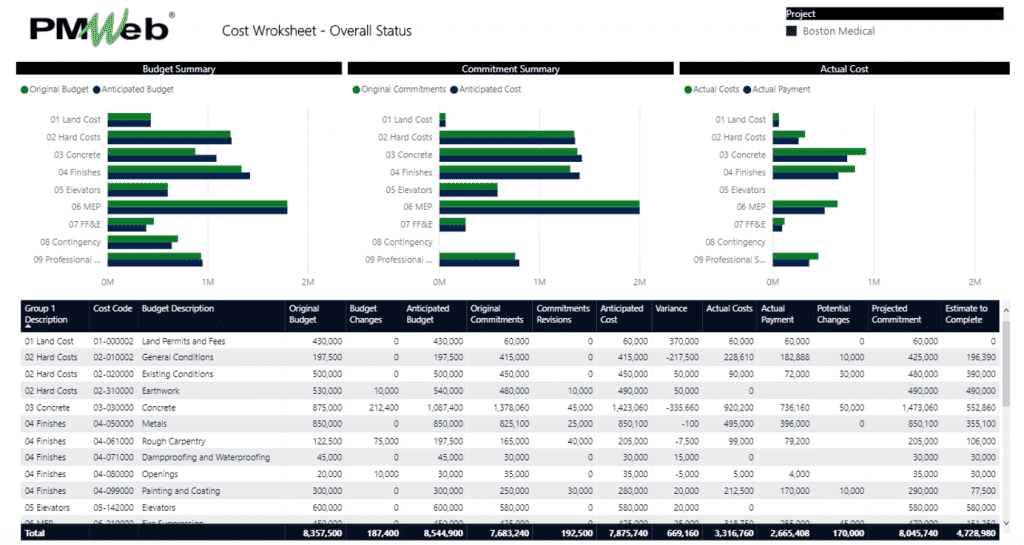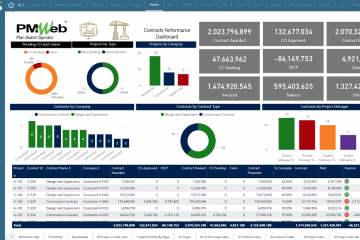Governments across the globe have already allocated trillions of dollars in financial aid to be provided to organizations who have been negatively impacted by the COVID-19 pandemic. Some of the financial aid will also benefit capital projects that were troubled by this pandemic. This will be made available usually by providing financing at very low interest rate as well as removing the requirement for providing advance payment, performance and other type of bonds. Nevertheless, organizations who will be providing this funding needs to be careful that those funds will be used on the project being funded and not on other businesses that the funded entity might have need for.
To reduce the risk of any actions that could result in misusing the provided project funding, funding agencies need to have their independent monitoring, tracking and reporting process for how those funds will be spent. For each financed project, this will require having a detailed list of all awarded commitment contracts detailing what had been invoiced to date, actual paid for what they have been invoiced, approved and pending change orders, and estimated cost to complete. In addition, there should be a budget established for all remaining contracts to be awarded and all other non-commitment expenses expected to be incurred on the project. This will help in establishing the cost to complete the remaining scope of work.
In addition, those organizations who will receive funding for their projects need to provide details of all revenue contracts for income that they will receive for delivering the project’s scope of work. For each revenue contract, the organization needs to provide details on what had been invoiced to date, actual received for what they have invoices, approved and pending change orders, and amount to be invoiced for scope of work yet to be completed. This revenue will be eventually used to repay the provided project finance and whether it is adequate to cover the provided funding or not.
Using a Project Management Information System (PMIS) like PMWeb, both the organization providing the funding and the organization receiving the funding will have a single platform to monitor, evaluate and report the effective use of the provided funding associated with the Corona Virus, COVID-19, pandemic. PMWeb cost management module comes ready with all processes needed to achieve the required project’s cost reporting.
To start with, PMWeb cost accounts, also known as Cost Breakdown Structure (CBS), needs to be designed to reflect the commitment contracts either already awarded or yet to be awarded plus all other non-commitment expenses. Although PMWeb cost breakdown structure allows having up to 16 levels of cost control, the requirement will be just to use one level to reflect those contracts and other expense levels.
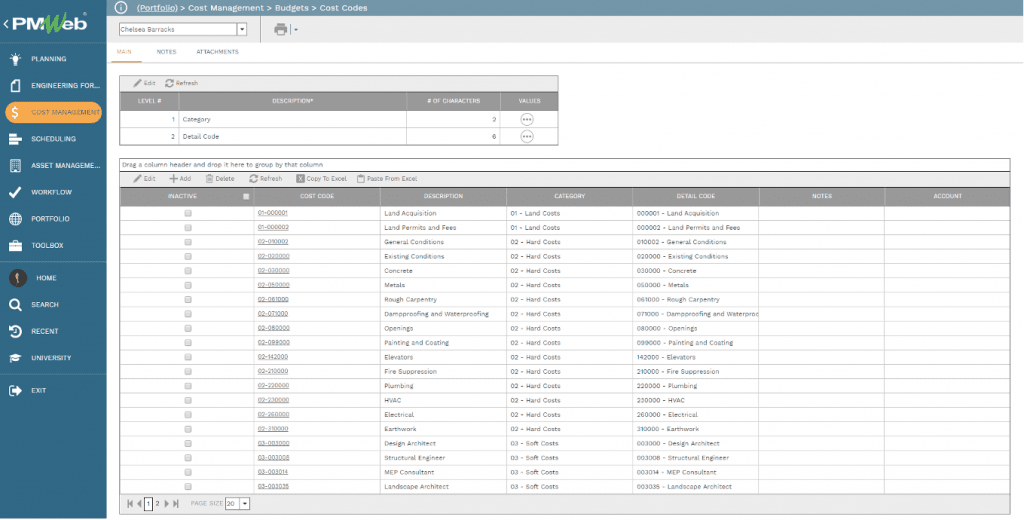
The next step is to create the project budget for each one of those cost accounts. For already awarded commitment contracts, the budget amount will equal the current commitment contract value which will include all approved change orders. The balance of each contract which yet to be invoiced will be distributed over the remaining period of each contract. The same will be done for non-commitment items detailing the actual amount spent and estimated amount to be sent. For commitments not yet awarded, a new budget line item will be created with the estimated cost of the commitment. The budget will also include a line item for contingency.
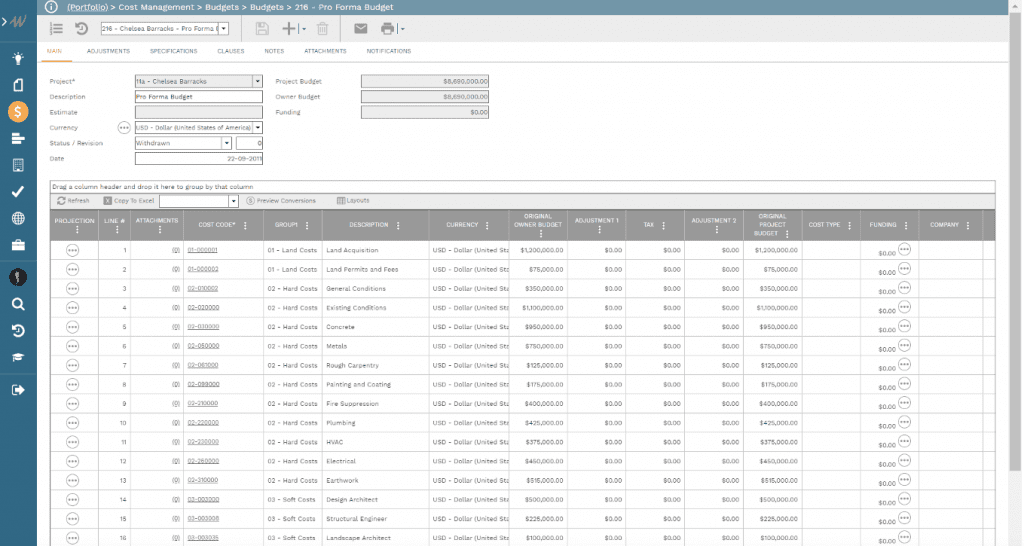
The next step is to create a commitment contract for awarded contracts. Those could include purchase orders, subcontracts, among others. There is no need to detail the items included in each awarded commitment unless it is a requirement. Each commitment contract will have a single cost line item that will be associated with the relevant cost account level.
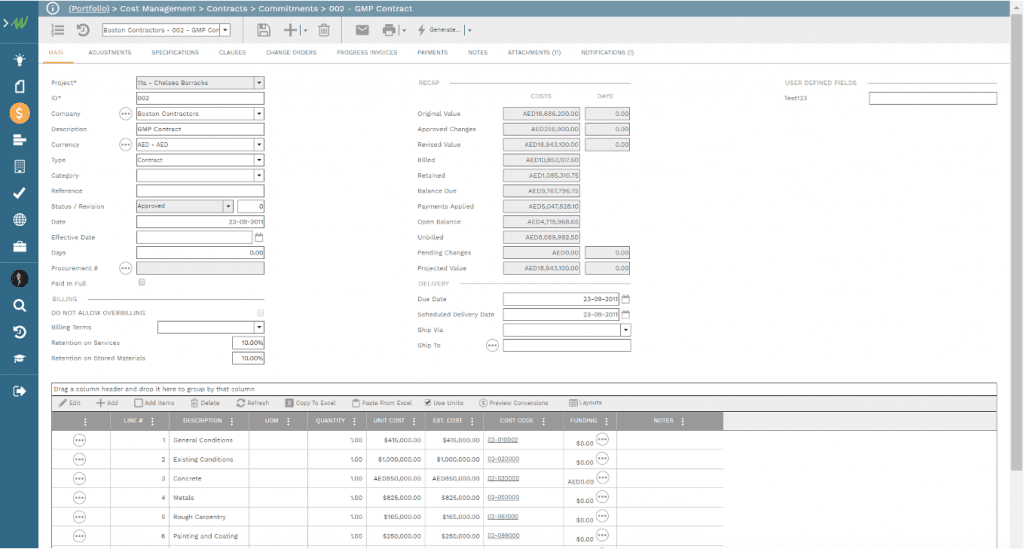
For awarded commitment contracts that have change orders, whether approved or pending approval, those will be added to PMWeb commitment change order module. Again, each change order for each commitment contract will be associated with the relevant commitment cost account level.
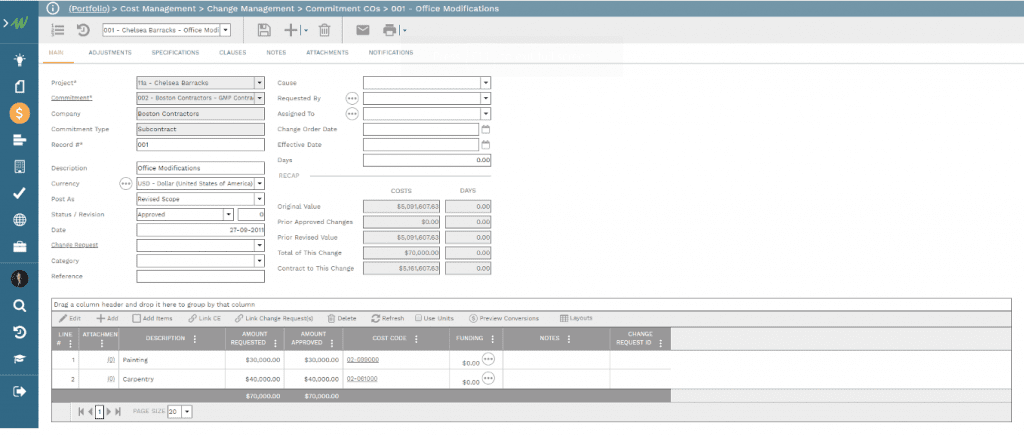
Also, the progress invoices issued on awarded contracts for approved work in place will be captured. The progress invoices for the past period before the project’s is financed will be summarized into a single progress invoice. For the future progress periods which will use the provided project finance to make payments for, each period progress invoice will be added into PMWeb progress invoice module. For each issued progress invoice, details of the actual payment made to the subcontractor, vendor, supplier among others will be added.

For the revenue or income contract, PMWeb contract module will be used to capture the details of those contracts. The contract agreement value will be grouped into in the cost account levels created to enable comparing the income or revenue with expenses or actual cost details incurred at each cost account level.
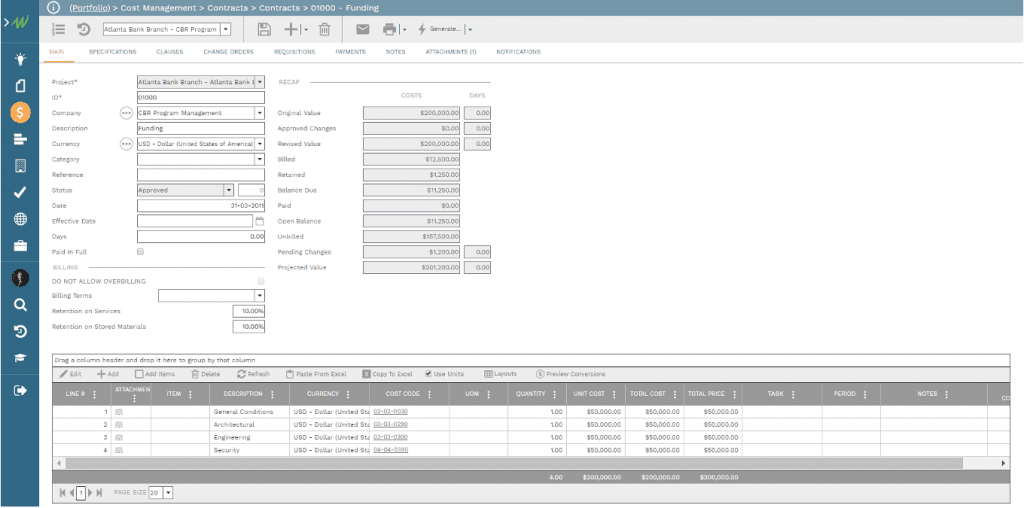
All change orders, approved and pending, for the revenue contracts will be added to PMWeb change request module. The details of each change order will be uploaded, stored and attached to each change order record. This will be the basis for establishing the current value of the revenue contract.
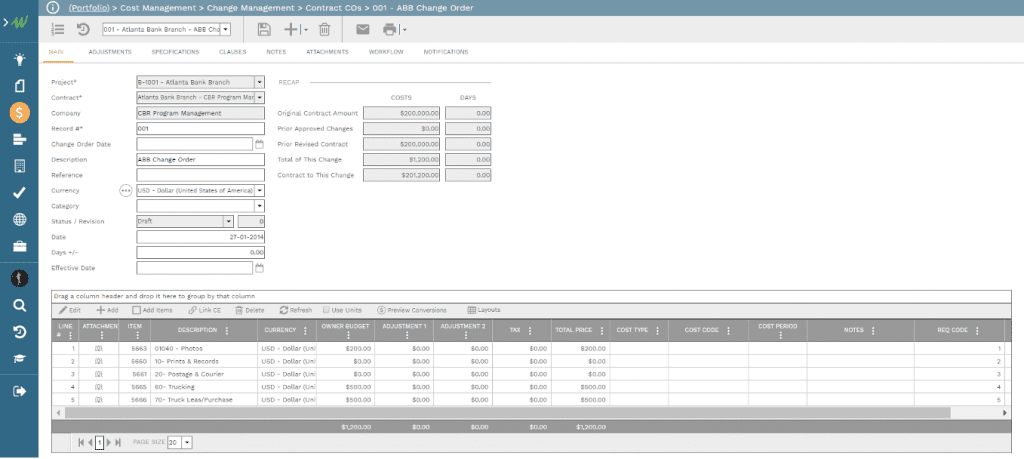
For progress invoices issued against the revenue contract, the details for those will be added to PMWeb requisition module. Invoices issued before the new project funding will be summarized into a single requisition but all future progress invoices will be captured in separate requisitions. The details of funds received by the organization against the approved progress invoices will be also captured.
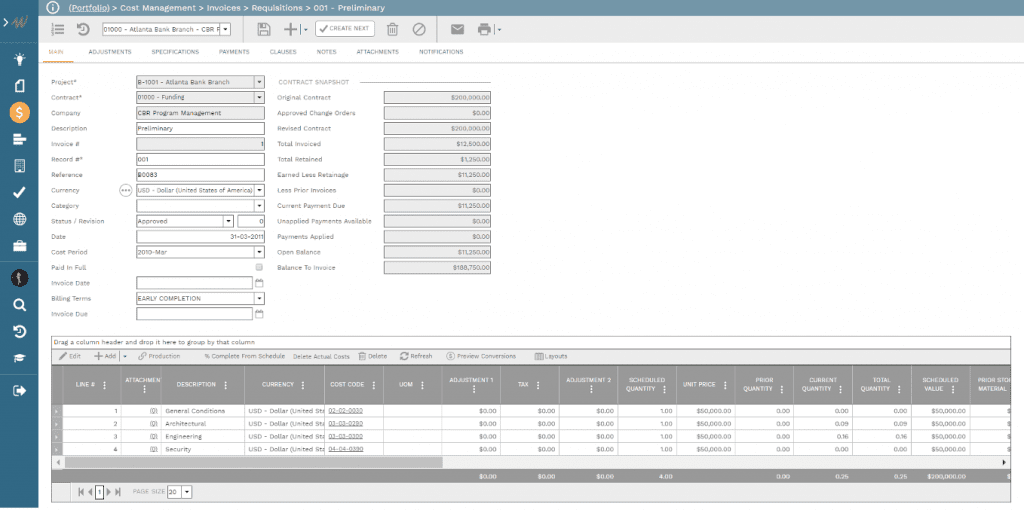
The details of all transactions captured in the project budget, commitment and contracts modules including the change orders, change requests, progress invoices and requisitions will be automatically captured in PMWeb general ledger module. This will enable creating a consolidated real-time single version of the truth report summarizing the details of all transactions for all cost management processes in a single spreadsheet known as the cost worksheet. The cost data will be aggregated and consolidated at the established cost account levels. There is no limit to the number of cost worksheet layouts that can be created to fulfill the monitoring, evaluation and reporting requirements of the organization providing the project funding as well as the organization receiving this funding.

Similar to other PMWeb modules, the cost worksheet can be printed in any desired form and format. The report can group cost data by the desired cost breakdown structure level which can expanded or collapsed based on the desired level of cost reporting. In addition, it can be for a single project or a portfolio of projects. For all fields shown in blue, that is hyperlinked, the report allows the user the click on the field to view additional details. The cost worksheet report can be for a single project, program of project as well as portfolio of projects. The report shown below is an example of the 150 plus forms and reports that come ready out-of-the-box with PMWeb.

Using business intelligence and data visualization tools like MS Power BI, Tableau, Qlik among others, the organization can further analyze the cost worksheet information to identify variances and trends as well as provide senior management with an executive view of the project’s cost performance status. The report can include both tabular and visual details of the data captured in the cost worksheet.
